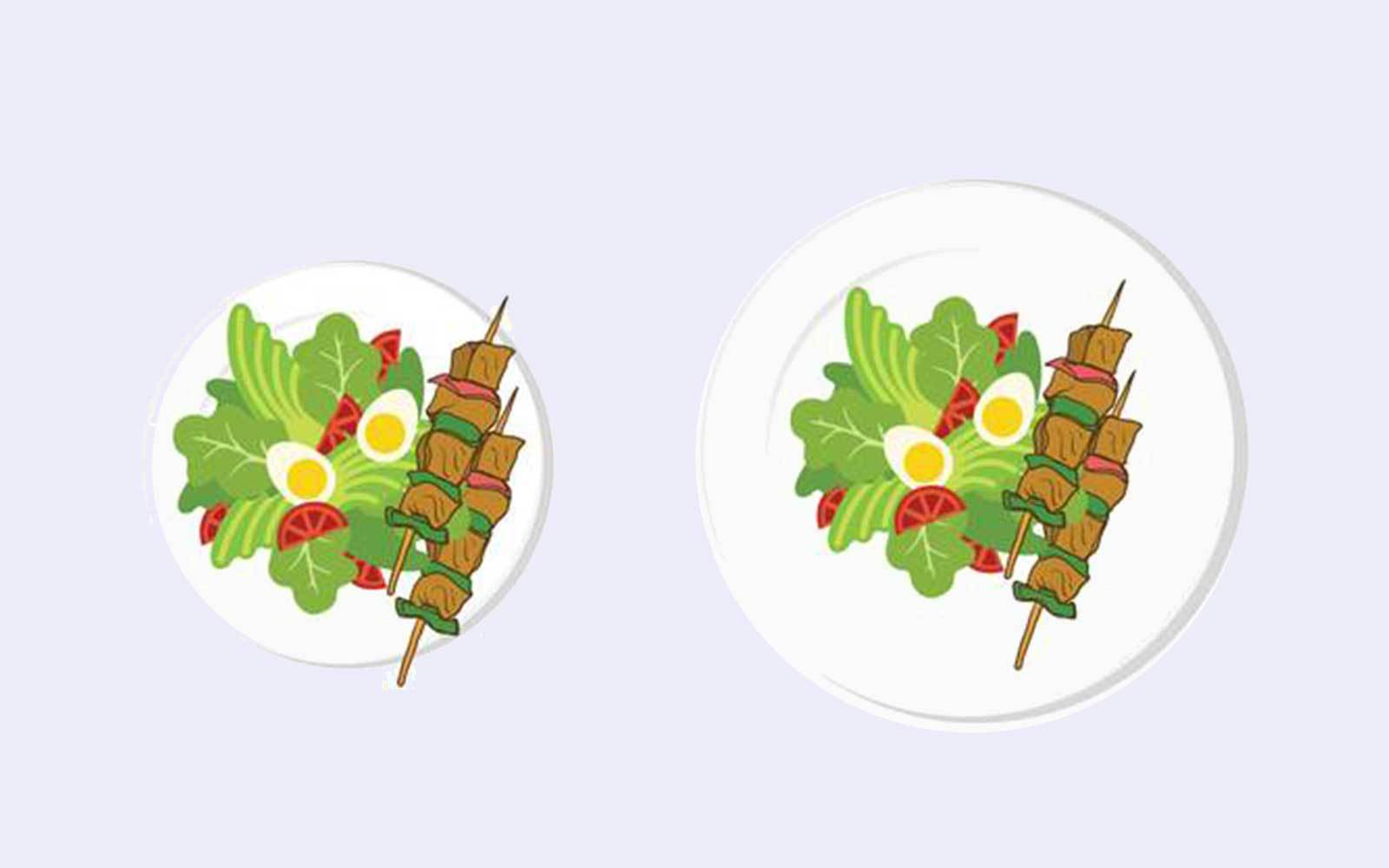Estimating Portion Sizes
Always set out small size meals. Do not start with a large meal and think that you will just eat a smaller amount. Research has proven that you will always eat more than you should. Place food on a very small plate or saucer and use small utensils such as baby spoons.

FIST = ONE CUP = 250ml = 8 oz
Your fist is about the same size as one cup. Compare the size of your fist to the amounts of these foods that you are eating.
PALM = THREE OUNCES = 85 g = 1/3 cup
A serving of meat is a lot less than you think. A serving is about 2-3 ounces. We should have 2-3 servings of meat and meat alternatives per day. After being cooked, the size of your palm “ minus fingers and thumb!
A HANDFUL = TWO OUNCES = ¼ cup = 60ml
One small handful equals two ounces of food. For bulkier snacks, like Soy Crisps, two handfuls equals one ounce, which is the serving size listed on most snack-food labels. If you do not have measuring spoons, two tablespoons of liquid fits in your cupped hand (about the size of a golf ball).
A THUMB = ONE OUNCE OF CHEESE = 2 tbsp = 30ml
In general, one thumb-size chunk is about one ounce of cheese. (Very hard cheeses such as aged
parmesan, with very little water content, will weigh more than soft cheeses such as mozzarella, which has more moisture). 4 dice or a 1 inch ice cube is also about an ounce.
A THUMB TIP = ONE TEASPOON = 5ml
If the amount you have eaten matches the size of the top part of your thumb, it’s a teaspoon. If you
eat three thumbs’ worth, that’s a tablespoon!
Understanding Your Plate
Which Plate Has More Food?
Research has shown when you eat on a smaller plate, you eat less food overall and feel just as full!

WHAT SHOULD MY PLATE LOOK LIKE?
Just over half your food should be vegetables and low-sugar fruit, a third should be protein, and about 10 per cent should be healthy fats.






